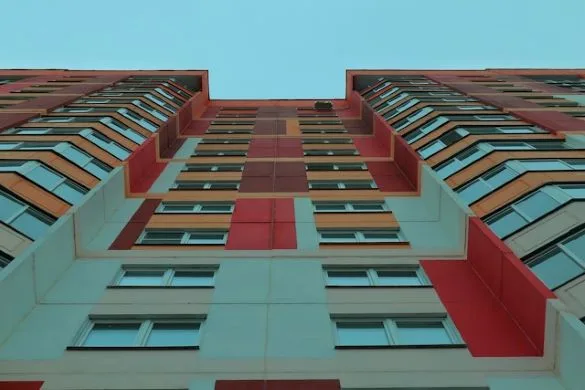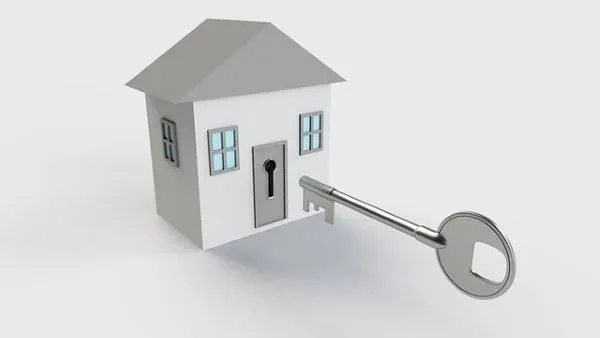Managing Multiple Rental Properties: A Guide to Success

Navigating the complexities of managing multiple rental properties requires strategic planning, efficient systems, and an understanding of the real estate market. It is a challenging yet rewarding endeavor that, when done correctly, can yield substantial financial benefits and provide a stable income stream.
This guide offers practical insights and strategies to help property managers and investors streamline operations, maintain high occupancy rates, and enhance the value of their rental portfolios. Whether you’re a seasoned investor or a newcomer to the property management scene, the following chapters will equip you with the tools and knowledge needed to manage your properties effectively and maximize your return on investment.
Understanding the Market Dynamics
Before delving into the nitty-gritty of property management, it’s essential to grasp the flux and flow of the real estate market. Successful management is often predicated on the ability to anticipate market trends and make informed decisions. Comprehending local demand, rental rates, and economic indicators can serve as a guiding compass for your investment journey.
In addition, staying abreast of legislation and regulations that affect rental properties in different jurisdictions is crucial. This knowledge ensures compliance and mitigates legal risks while maintaining a clear understanding of your rights and responsibilities as a property manager, which facilitates smoother operations and protects your investments.
Building Effective Management Systems
To manage multiple properties efficiently, it’s critical to establish robust management systems. Utilizing property management software can centralize important data, automate routine tasks, and keep track of financials with greater accuracy. This enables managers to focus on strategy and tenant relations rather than getting bogged down in day-to-day administrative tasks.
Moreover, creating standard operating procedures for maintenance requests, tenant screening, and other frequent processes ensures consistency and reliability in property management practices. It both streamlines operations and enhances the tenant experience, leading to higher retention rates and fewer vacancies. From an online rent payment system to digital lease agreements, technology can facilitate the management of multiple properties and enhance overall efficiency. Not to mention, having a dedicated team or hiring qualified property management personnel can further optimize your operations and free up valuable time.
Financial Planning and Analysis
Sound financial management forms the backbone of any lucrative property management enterprise. Regular financial analysis helps in identifying cost-saving opportunities and optimizing rental pricing strategies. It’s a careful balancing act to maintain profitability while being competitive in the market.
A deep dive into budgeting for maintenance, renovations, and emergencies can prevent unforeseen expenditures from disrupting cash flow. By forecasting these expenses and implementing prudent financial controls, property managers can guard against volatility and safeguard their investment returns. Besides, building relationships with trusted vendors and contractors can help reduce costs and ensure quality maintenance services for your properties.
Tenant Acquisition and Retention
A property’s value is closely tied to its occupancy rates. Hence, mastering the art of tenant acquisition through effective marketing and thorough tenant screening is paramount. Attracting the right tenants minimizes turnover and ensures a steady revenue stream.
Once tenants are in place, retention becomes key. Implementing measures to keep tenants happy – such as addressing maintenance issues promptly, enhancing property amenities, and maintaining open communication – builds loyalty and encourages long-term tenancy, thereby reducing the costs associated with tenant turnover. Creating a positive tenant experience also bolsters word-of-mouth referrals, which can attract quality tenants and reduce marketing expenses.
Additionally, staying on top of market rental rates ensures competitiveness and justifies rent increases when necessary. It’s vital to strike a balance between maximizing rental income and maintaining tenant satisfaction to achieve long-term success.
Maintenance and Property Upkeep
Regular maintenance and timely upgrades not only keep properties safe and appealing but also preserve and increase property value over time. Proactive upkeep can prevent small issues from escalating into costly problems. It also signals to tenants that their comfort and satisfaction are taken seriously.
Planning for property improvements and being responsive to the evolving needs of tenants can differentiate your property in a competitive market. By focusing on both the functional and aesthetic aspects of property upkeep, managers can foster a sense of community and pride among tenants, which contributes to a positive reputation for the properties under management. This, in turn, can attract quality tenants and improve occupancy rates.
In conclusion, the successful management of multiple rental properties hinges on a holistic approach that incorporates market knowledge, streamlined management practices, financial acuity, strategic tenant relations, and conscientious property maintenance. By embracing these pillars of effective property management, owners and managers can not only anticipate and adapt to the challenges of the real estate industry but thrive within it.
It’s through this adaptive expertise and commitment to excellence that property portfolios can grow and deliver enduring value, securing a prosperous and robust investment future. Remember, your properties are more than just assets; they’re the foundation of a thriving community and the bedrock of your financial aspirations.

